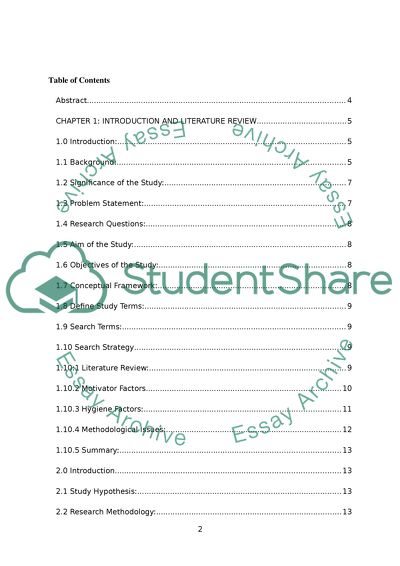Cite this document
(“Perceptions of Bahraini Registered Nurses on Continuing Formal Research Proposal”, n.d.)
Retrieved from https://studentshare.org/nursing/1404553-perceptions-of-bahraini-registered-nurses-on-continuing-formal-education-a-mixed-methods-study
Retrieved from https://studentshare.org/nursing/1404553-perceptions-of-bahraini-registered-nurses-on-continuing-formal-education-a-mixed-methods-study
(Perceptions of Bahraini Registered Nurses on Continuing Formal Research Proposal)
https://studentshare.org/nursing/1404553-perceptions-of-bahraini-registered-nurses-on-continuing-formal-education-a-mixed-methods-study.
https://studentshare.org/nursing/1404553-perceptions-of-bahraini-registered-nurses-on-continuing-formal-education-a-mixed-methods-study.
“Perceptions of Bahraini Registered Nurses on Continuing Formal Research Proposal”, n.d. https://studentshare.org/nursing/1404553-perceptions-of-bahraini-registered-nurses-on-continuing-formal-education-a-mixed-methods-study.


